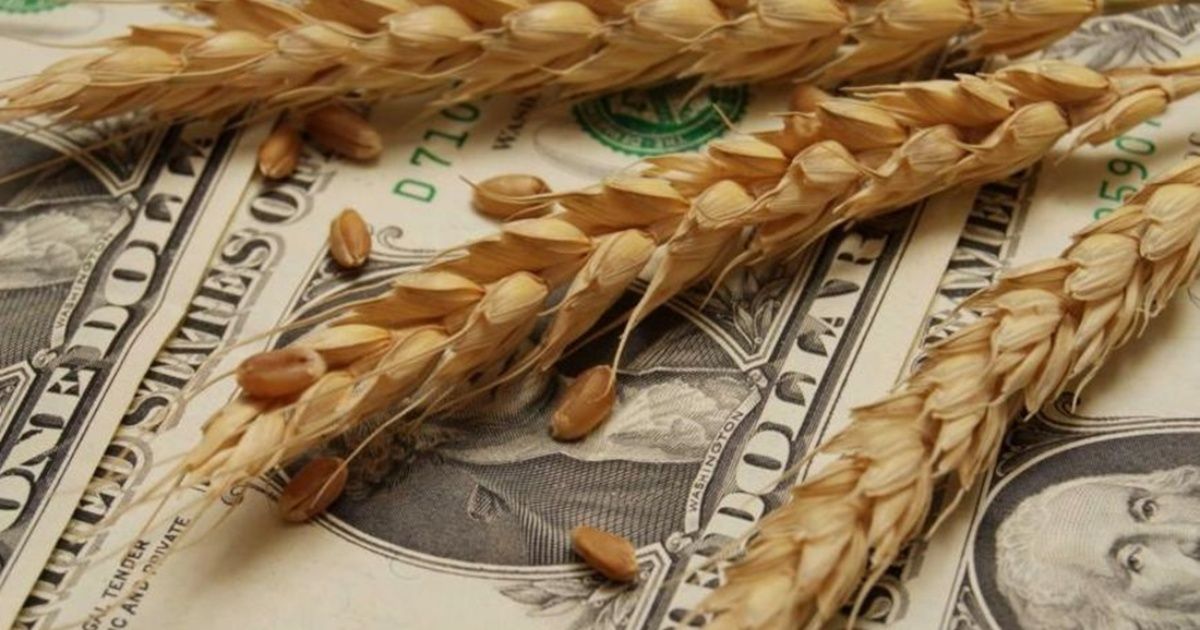
before the new rise of the dollar, in Government expect sales of foreign exchange of the agricultural export sector to remove pressure on the exchange rate, that drives the inflac strong ion and also the mood of the electorate, in a year of presidential elections. However, the foreign exchange forecast might be affected by projections of increased rainfall, such as the that occurred in the first week of March. Economic and monetary authorities also await that before a “competitive dollar”, the producers set aside speculation and whereas grains, instead of collecting them waiting for a further rise of the currency, a move that already occurred in previous campaigns. According to estimates in the official offices and major exchanges related to agricultural trade, exports of commercial maize – with an output of between 45 and 46 million tonnes would total the 4,800 million dollars, with a rise of 13% with respect to 2018.
Thus, the highest value would be achieved from 2013, when the export price was 73% higher than the current.
The corn is growing star of the campaign, with 90% of crops in a normal state, but we are concerned that so far only rose 5% of the sown area.
SOYBEAN and wheat to soybeans, with a production of 54 million tonnes – 45% above last year-, the Ministry of agro-industry estimates exports 17.100 million dollars. This lag sales abroad 17% above the previous campaign, another key fact for the entry of foreign currency. In regards to wheat, a production record of 19.5 million tons is expected. For this cereal exports would total US$ 3,200 million. In February, the Chamber of the oil industry (CIARA) and the center of exporters of cereals (CEC) announced that in February the companies liquidated US$ 1.290,3 million. The amount settled since the beginning of year amounts to $ 3.046 million. In the industry warn that statistical comparisons between different periods are usually imprecise or inaccurate, since the liquidation of foreign currency is strongly influenced by the business cycle of the grains. That cycle depends on changing and diverse exogenous factors as international fluctuations of the prices, retraction of the offer, different volume and protein crops, weather, holidays, Trade Union action of force, modifications regulatory, and barriers to tariff from abroad, other countries or phytosanitary requirements. In this note:
"El reclamo puede ser genuino, pero construido sobre una mentira", apuntó el presidente Javier Milei…
El gobernador de la provincia de Buenos Aires, Axel Kicillof, encabezó un acto en Ensenada…
El diputado nacional de La Libertad Avanza, José Luis Espert, expresó su confianza en la…
Tras la masiva reaparición de Cristina Fernández de Kirchner, el presidente Javier Milei apuntó contra…
El principal propósito de la nueva comisión es evaluar los recursos humanos en el Senado,…
En una medida que busca redefinir las condiciones de los seguros de automóviles en Argentina,…
Esta web usa cookies.